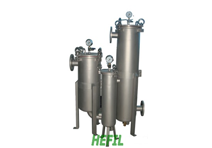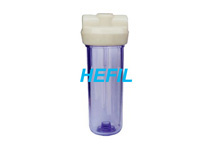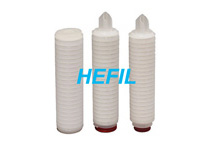Grease Filters are used in many areas in modern society, including the businesses, schools, hotels, hospitals and other large institutions that use commercial sized kitchens. Generally speaking, there are two major varieties of grease traps: point-of-use grease traps which are smaller traps that are attached to output lines for specific devices and larger single-line traps which are used for the entire kitchen and may hold up to 500 gallons of waste. Now you just follow my step to learn how to maintain Grease Filters.
Grease traps will also collect non-floating solids. Most municipalities require that large kitchens at least one large grease to trap located on the premises to keep the sewer lines from being polluted with FOG and large food particles from kitchens. If these contaminants are not kept in check, they can cause severe problems city drainage systems as they collect and coat the pipes. Apart from usual maintenance, you need extra maintenance to grease filters.
Before I introduce the way of how to maintain Stainless steel mesh grease filters, you’d better know the fact that there are bacteria to your grease trap. These facilitate the breaking down of the FOG in your grease trap. You should never add any other cleaners, such as bleach, ammonia, or enzymes, as they will interfere with the bacteria. These bacteria will help keep the odors to a minimum and allow the FOGs to be digested, reducing the frequency of cleanings. The City of Boston suggests that a proper cleaning schedule for grease traps is once per month for smaller units and quarterly for the larger in-ground interceptors.
If you plan on cleaning your grease, you will need to remove the lid and ladle off the FOG. It is best to deposit into an absorbent material, such as kitty litter, so that it can be thrown away with your solid waste. Do not wash it down the drain. Use a strainer to remove as much of the solid waste as you can from the bottom of the trap and scrape away build-up from the inside of any baffles in the drain line to the grease trap. If you would prefer that a service would handle your grease trap cleanings, you can call a recycler to pump out your trap. You can easily locate vendors that provide this service. Usually the vendor that recycles your waste oil from the deep-frying machine will also pump your grease trap. If you are having difficulty finding a vendor, contact your local health department for suggestions.
After reading the introduction of how to maintain Grease Filter Sales above, we believe your greaser will have a longer lifespan. If you are in need of grease filter, you can visit www.hefilter.com for further information.





